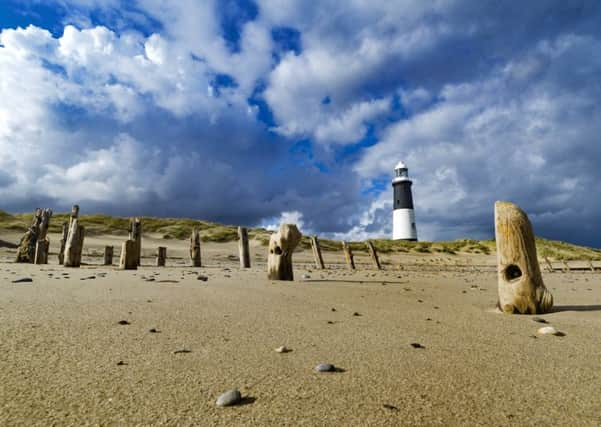Country & Coast: Coastal invasion proves an itchy menace at beauty spot


Hundreds of landing craft are not rolling in from the North Sea, however, and there is no fighting on the beaches. The battles are being waged deep inside the peninsula’s scrubland of sea buckthorn, because the invaders are the brown-tail moth caterpillar. Many millions of them are munching on leaves and turning Spurn into a vast hatchery for the brown-tail moth, Euproctis chrysorrhoea.
You might expect the Yorkshire Wildlife Trust (YWT), which sees Spurn as the jewel in its nature reserves crown, to be delighted that the moth is thriving at Spurn. After all, until 2004 it was virtually unknown this far north and was mostly confined to southern Europe.
Advertisement
Hide AdAdvertisement
Hide AdBut the YWT are seriously concerned about the moth’s abundance, and particularly worried about the vast numbers of caterpillars which are seen wherever there is plant growth.
Posters have been put up to warn visitors that the seemingly cute little caterpillars actually have small, barbed hairs that can cause irritation to the skin and eyes, often developing into a rash.
Say the posters: “If this becomes severe, Yorkshire Wildlife Trust advise you to contact your doctor.”
Last week, a caterpillar managed to find its way into one of my trouser legs and wriggle onto my calf, where it left an extremely itchy hive.
Advertisement
Hide AdAdvertisement
Hide AdThat’s why Spurn in June is known as “the itchy season” the YWT’s Andy Mason tells me.
“I’m not scratching so much as last year, so maybe I’ve got some resistance to them now. But one of our volunteers on the reserve comes up in lumps and looks like the Elephant Man, so it can be quite dramatic.”
The brown-tail is an invasive species helped by the effects of climate change. In early July the caterpillars start to pupate, and the moths will be on the wing until mid-August when they lay eggs.
New caterpillars will hibernate in their cocoons throughout the winter.
Advertisement
Hide AdAdvertisement
Hide AdThe YWT have attempted to reduce the population by deploying pheromone traps - which exude the scents used to attract the sexes to each other - and also tried controlled burning, but both had little success.
The Trust hope that a nematode - a microscopic species of roundworm which feeds on the caterpillars - will soon be active and start to reduce the population.
Failing that, the Trust’s 100-plus staff may blitz the peninsula next winter in a concerted effort to cut as many of the cocoons as they can find.
“We’ll never totally get rid of them,” Mr Mason says. “So we’ve decided we’ll have to live with them.
Advertisement
Hide AdAdvertisement
Hide Ad“We try to steer visitors away from the biggest infestations. But it’s nature, after all, and we are on a nature reserve.
“Nature is dictating what we do and not the other way round. I like that, actually.”